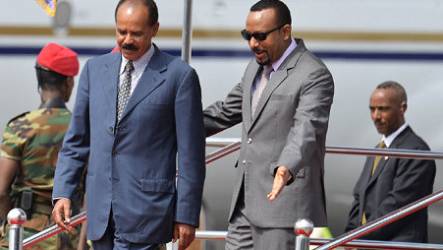Source: The Guardian

One in 200 people is a slave. Why?
Slavery affects more than 40 million people worldwide – more than at any other time in history
by Kate Hodal
How many slaves are there today, and who are they?
The word “slavery” conjures up images of shackles and transatlantic ships – depictions that seem relegated firmly to the past. But more people are enslaved today than at any other time in history. Experts have calculated that roughly 13 million people were captured and sold as slaves between the 15th and 19th centuries; today, an estimated 40.3 million people – more than three times the figure during the transatlantic slave trade – are living in some form of modern slavery, according to the latest figures published by the UN’s International Labour Organization (ILO) and the Walk Free Foundation.
Women and girls comprise 71% of all modern slavery victims. Children make up 25% and account for 10 million of all the slaves worldwide.
What are the slaves being forced to do?
A person today is considered enslaved if they are forced to work against their will; are owned or controlled by an exploiter or “employer”; have limited freedom of movement; or are dehumanised, treated as a commodity or bought and sold as property, according to abolitionist group Anti-Slavery International.
Globally, more than half of the 40.3 million victims (24.9 million) are in forced labour, which means they are working against their will and under threat, intimidation or coercion. An additional 15.4 million people are estimated to be living in forced marriages.
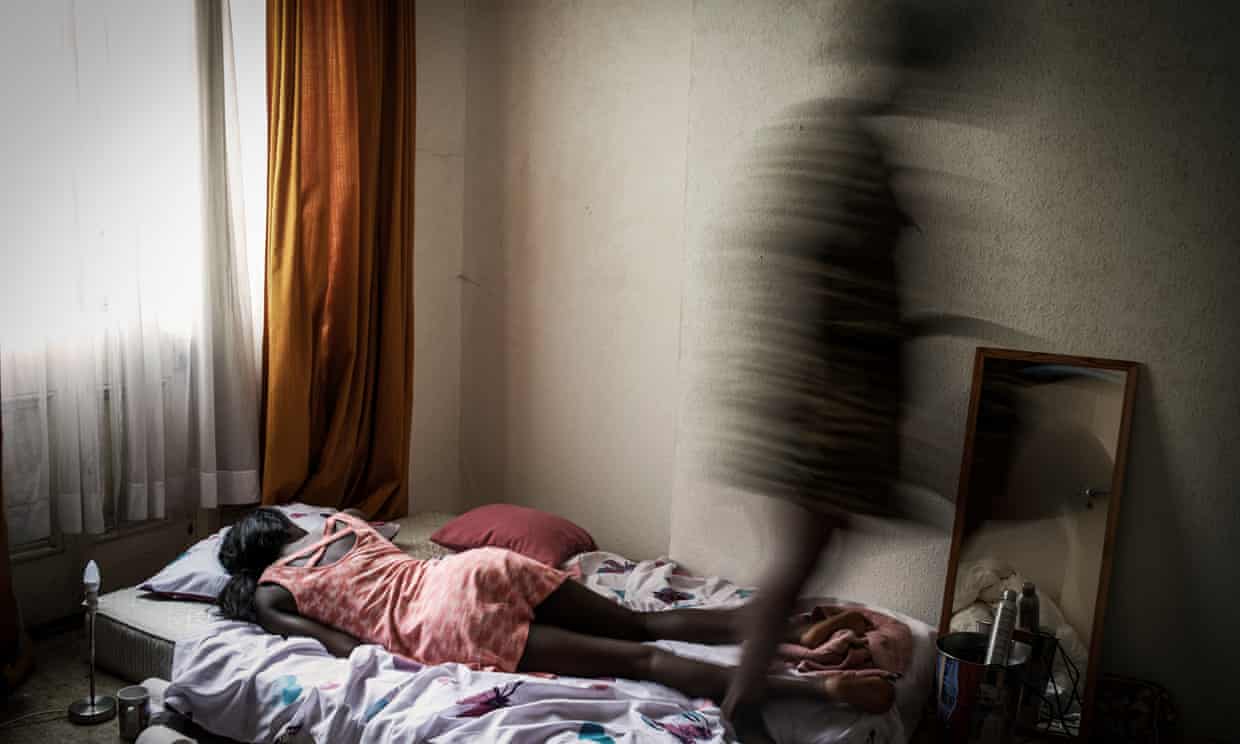
Of the 24.9 million people trapped in forced labour, the majority (16 million) work in the private sector. Slaves clean houses and flats; produce the clothes we wear; pick the fruit and vegetables we eat; trawl the seas for the shrimp on our restaurant plates; dig for the minerals used in our smartphones, makeup and electric cars; and work on construction jobs building infrastructure for the 2022 Qatar World Cup.
Another 4.8 million people working in forced labour are estimated to be sexually exploited, while roughly 4.1 million people are in state-sanctioned forced labour, which includes governmental abuse of military conscription and forced construction or agricultural work. In certain countries such as Mauritania, people are born into “hereditary” slavery if their mother was a slave.
Again, women and girls bear the brunt of these statistics, comprising 99% of all victims in the commercial sex industry, and 58% in other sectors, according to the ILO.
Where is this happening?
Statistically, modern slavery is most prevalent in Africa, followed by Asia and the Pacific, according to the Global Slavery Index, which publishes country-by-country rankings on modern slavery figures and government responses to tackle the issues.
But the ILO and Walk Free warn that these figures are likely skewed due to lack of data from key regions. “We believe that the global estimate of 40.3 million is the most reliable data to date, although we believe it to be a conservative estimate as there were millions of people we couldn’t reach in conflict zones or on the refugee trail and places where we couldn’t be sure of collecting robust data such as the Gulf states, where access and language barriers prevented us from reaching the migrant worker communities,” said Michaëlle de Cock, a senior statistician at the ILO.
More than 70% of the 4.8 million sex exploitation victims are in the Asia and Pacific region. Forced marriage is most prevalent in Africa. But there isn’t a single country that isn’t tainted by slavery: 1.5 million victims are living in developed countries, with an estimated 13,000 enslaved here in the UK.
Why are there so many slaves today?
Slavery is big business. Globally, slavery generates as much as $150bn (£116bn) in profits every year, more than one third of which ($46.9bn) is generated in developed countries, including the EU. Whereas slave traders two centuries ago were forced to contend with costly journeys and high mortality rates, modern exploiters have lower overheads thanks to huge advances in technology and transportation. Modern migration flows also mean that a large supply of vulnerable, exploitable people can be tapped into for global supply chains in the agriculture, beauty, fashion and sex industries.
According to slavery expert Siddharth Kara, modern slave traders now earn up to 30 times more than their 18th and 19th century counterparts would have done. The one-off cost of a slave today is $450, Kara estimates. A forced labourer generates roughly $8,000 in annual profit for their exploiter, while sex traffickers earn an average of $36,000 per victim.
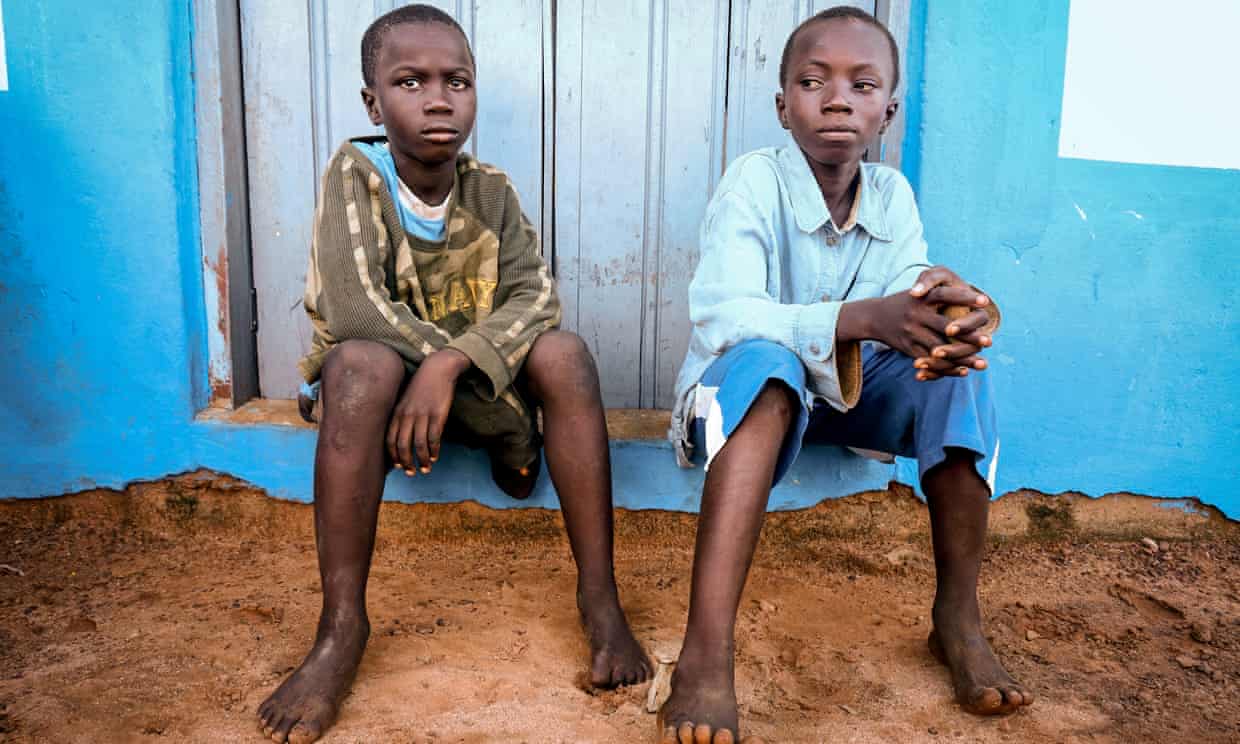
“It turns out that slavery today is more profitable than I could have imagined,” Kara said. “Profits on a per-slave basis can range from a few thousand dollars to a few hundred thousand dollars a year, with total annual slavery profits estimated to be as high as $150bn.”
It’s important to acknowledge that global population rates also affect estimates: the top 10 countries with the highest estimated absolute number of victims are also some of the most populous. Together, these 10 countries – China, Democratic Republic of the Congo, India, Indonesia, Iran, Nigeria, North Korea, Pakistan, the Philippines and Russia – comprise 60% of all the people living in modern slavery, as well as more than half the world’s population, according to the Global Slavery Index.
An increase in violent conflict worldwide over the past 30 years has also inflated the number of people at risk of slavery, according to the United Nations Office on Drugs and Crime (UNODC), with armed groups and terrorists turning to trafficking “to show they have control over the community, or to increase their force, either recruiting child soldiers or giving sex slaves as a reward for their recruitment”.
What’s the difference between slavery and human trafficking?
Human trafficking is just one way of enslaving someone. Whereas centuries ago it was common for a slave trader to simply buy another human being and “own” that person as their property (which does still happen), today the practice is largely more insidious.
Trafficking involves the recruitment, transfer or obtaining of an individual through coercion, abduction, fraud or force to exploit them. That exploitation can range from forced labour to forced marriage or commercial sex work – and the exploiter can be anyone, including strangers, neighbours or family members. Most people are trafficked within their own countries, although they can also be trafficked abroad; most often the individual is trafficked into forced labour.
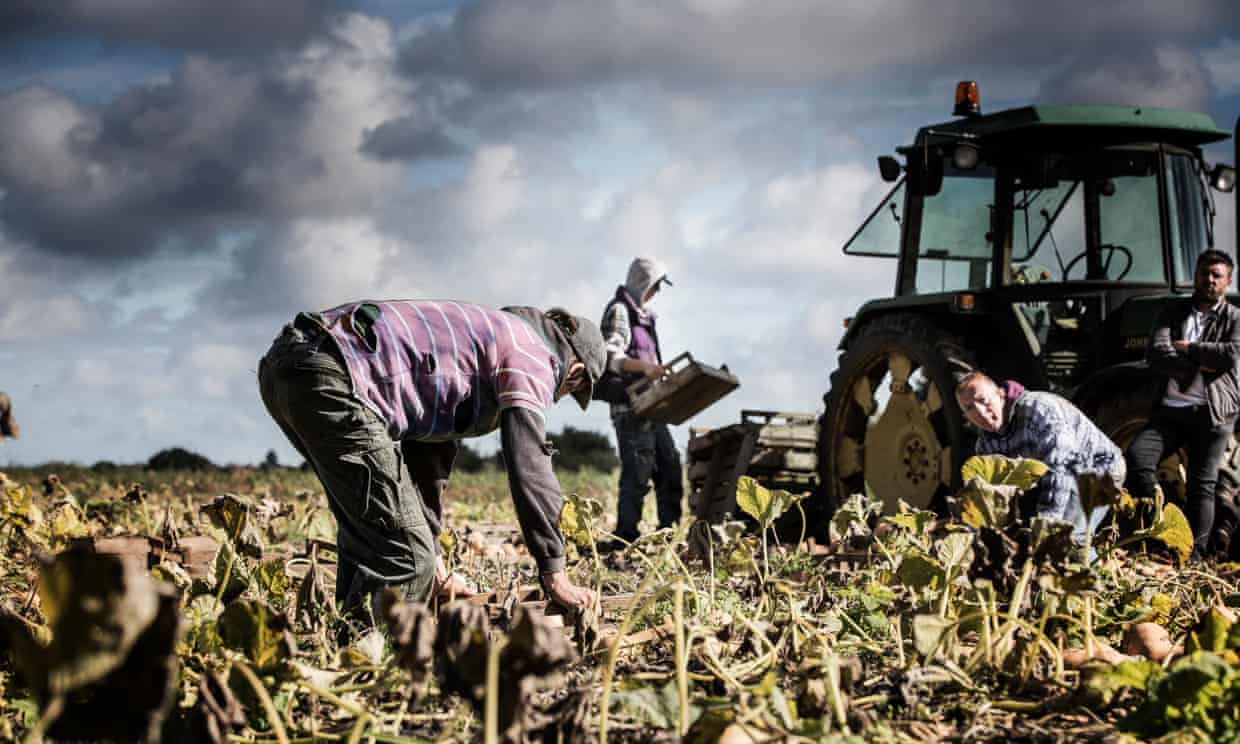
Many times, the victim is led to believe they have been offered a well-paid job in a different city or country, only to find the job does not exist and they are now indebted to their “employer” or trafficker and must pay transportation, lodging and any other “fees” the exploiter demands, thereby forcing the victim into debt bondage.
Guardian investigations have revealed a slew of abuses from Qatar to Thailand, India to the United States. Qatar was forced to take action after revelations of abusive practices foisted on migrant workers helping build its infrastructure for the 2022 World Cup.
Trafficking on to fishing boats is still widespread, particularly in south-east and east Asia, where men are lured by the promise of jobs in agriculture or construction, then drugged or beaten and wake up at sea.
Exploitation of migrant workers has also been revealed in Malaysia, Cambodia, China, Italy, Vietnam and the UK.
How does someone end up becoming a slave?
There is no definitive answer to this question. Modern slavery affects people of every colour, age and gender – but is more prevalent among vulnerable people. That might be a Cambodian villager looking for a better paid job in a neighbouring country, only to find himself trafficked on to a fishing boat.

Slavery is global but flourishes in places where the rule of law is weak and corruption goes unchecked, says Anti-Slavery International.
Will slavery ever end?
Activists such as Kara believe that slavery can be eradicated for good, but that it would take great political will and considerable research.
First, dedicated investigators would need to identify each level in the often murky supply chains of commodities in order to determine where labour abuses are taking place.
Then, independent certification processes would need to be designed for each commodity, so that consumers could make educated choices about the products they are buying and the slavery or labour abuses implicated with those purchases.
Finally, Kara says, industries would need to invest in the communities whose low-cost labour is being used to make the products. “Doing so would help mitigate vulnerability to being trafficked and exploited,” Kara said. “Consumers may have to pay slightly more for certain goods, and multinational corporations may have to accept slightly lower profits. But a freer and fairer labour environment would promote greater productivity, potentially offsetting some of those expenses.”
What do I do if I think someone is a victim of modern slavery?
If you think someone may tick these boxes, it is best to contact authorities directly instead of approaching the person, as approaching them could put them in danger. In the UK, you can contact the Modern Slavery Helpline on 08000 121 700, the police, Crimestoppers or groups such as Anti-Slavery International.
Source=https://eritreahub.org/eritrea-has-second-highest-number-of-people-living-in-slave-like-conditions


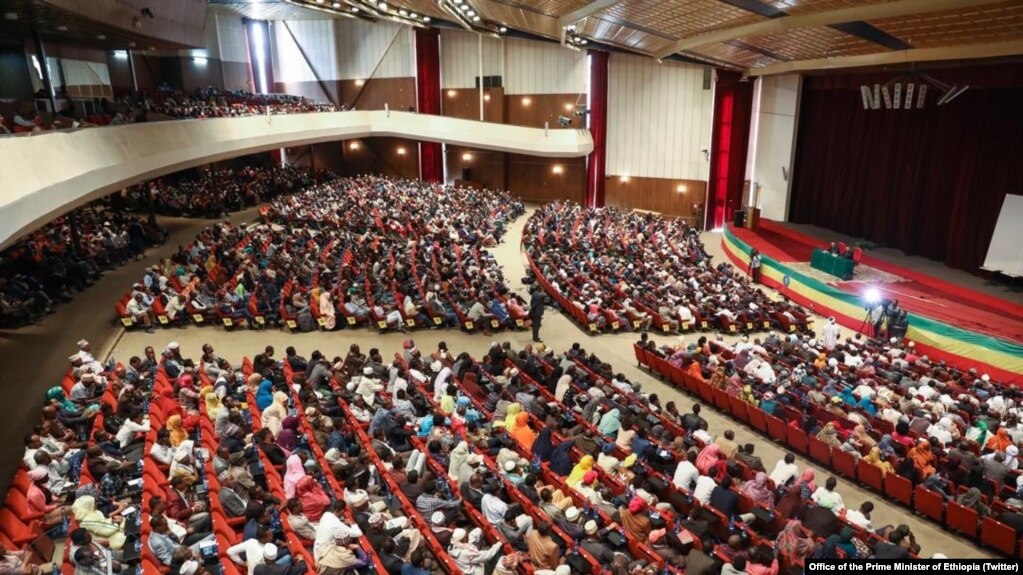
 ብዕረፍቲ ኣቦናን ሓውናን ጸጋይ ቀለታ ሰንጋል፡ ነቲ ክቡር ሕያዋይ ባህሊ ህዝቢ ኤርትራ ተኸቲልኩም ንምጽንናዕና፡ ኣብ ከተማ ስቶኮልም ካብ ዕለት 18-02- 2019 ክሳብ 21- 02- 2019 ፡ ኣብ ፓርቲለ ከኣ ካብ ዕለት 23-02-2019 ክሳብ 24-02-2019 ምስ ሙሉእ ትሕዝቶኩም ዝደኸምኩም ብጾት ፡ መታዓብይቲ ፡ ኣሕዋት ፡ መሓዙት ካብ ኩሉ ኩርናዓት ዓለም ከኣ ብስልክን ብኢ መይልን ዘጻናናዕኩምና ሕሰም ኣይትርከቡ ብምባል ብልቢ ነመስግን።
ብዕረፍቲ ኣቦናን ሓውናን ጸጋይ ቀለታ ሰንጋል፡ ነቲ ክቡር ሕያዋይ ባህሊ ህዝቢ ኤርትራ ተኸቲልኩም ንምጽንናዕና፡ ኣብ ከተማ ስቶኮልም ካብ ዕለት 18-02- 2019 ክሳብ 21- 02- 2019 ፡ ኣብ ፓርቲለ ከኣ ካብ ዕለት 23-02-2019 ክሳብ 24-02-2019 ምስ ሙሉእ ትሕዝቶኩም ዝደኸምኩም ብጾት ፡ መታዓብይቲ ፡ ኣሕዋት ፡ መሓዙት ካብ ኩሉ ኩርናዓት ዓለም ከኣ ብስልክን ብኢ መይልን ዘጻናናዕኩምና ሕሰም ኣይትርከቡ ብምባል ብልቢ ነመስግን። 




 What’s new? Ethiopia’s new premier, Abiy Ahmed Ali, has made peace with Eritrea, extended a conciliatory hand to opponents, and promised moves to free and fair elections, expanded political space and economic reform. But amid the exhilarating changes, insecurity proliferates, the number of internally displaced people mounts and the economy struggles.
What’s new? Ethiopia’s new premier, Abiy Ahmed Ali, has made peace with Eritrea, extended a conciliatory hand to opponents, and promised moves to free and fair elections, expanded political space and economic reform. But amid the exhilarating changes, insecurity proliferates, the number of internally displaced people mounts and the economy struggles.

